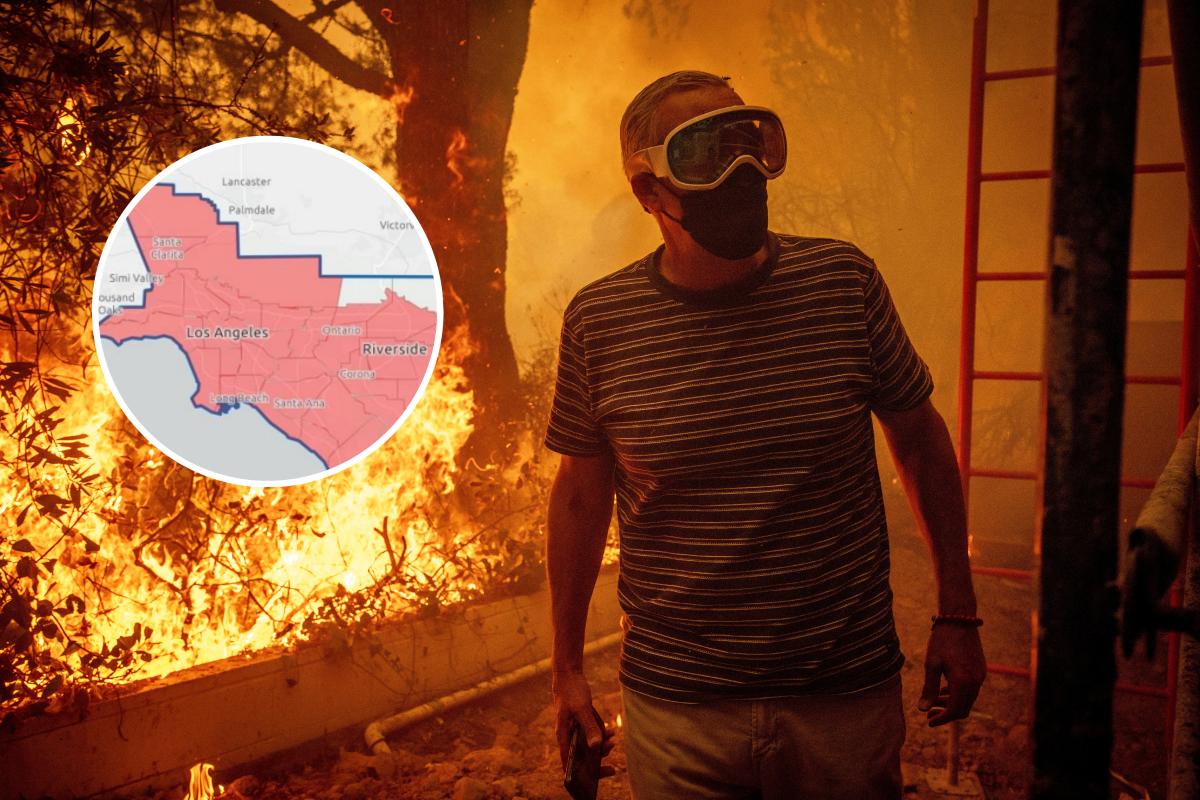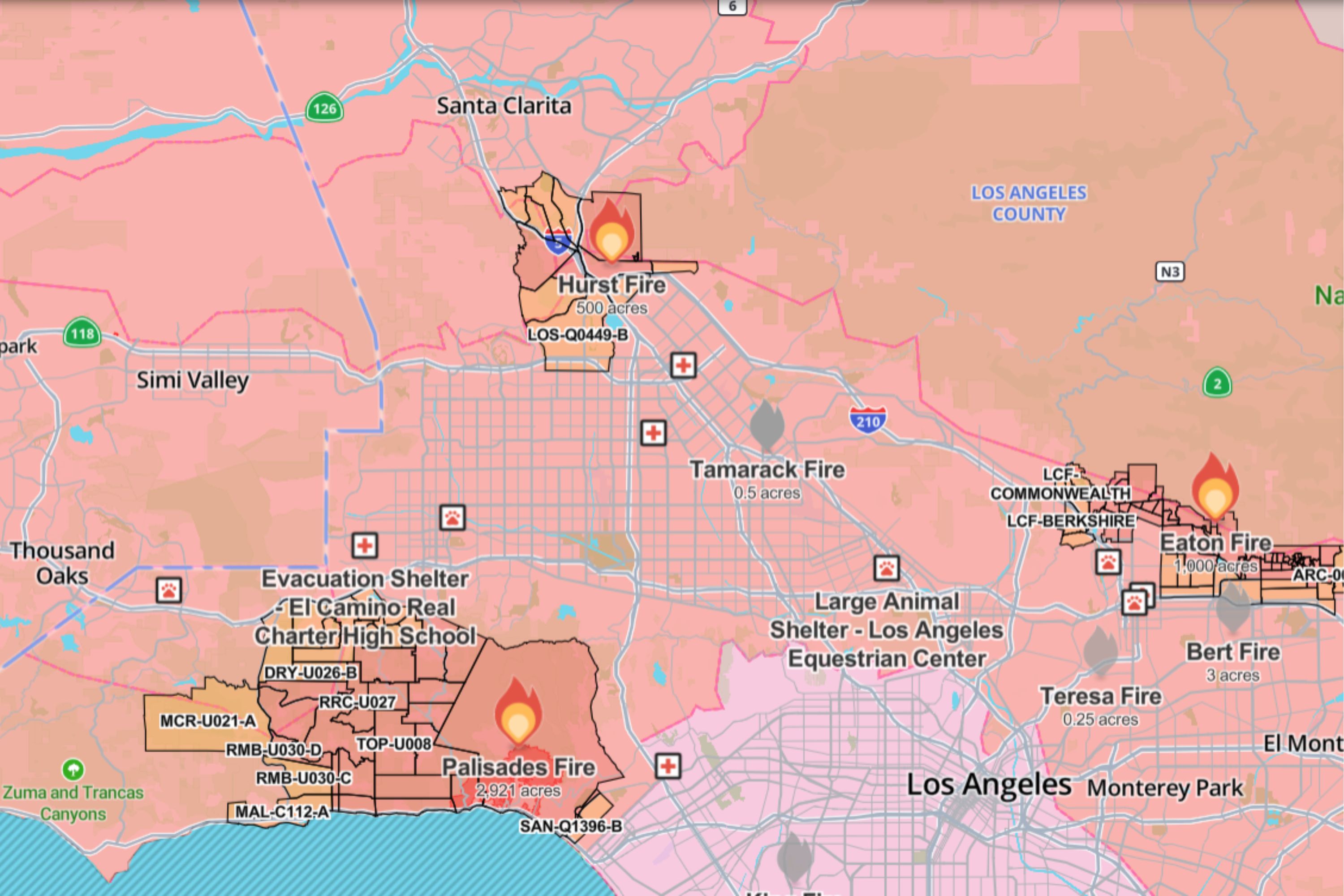While the current U.S. outbreak of H5N1 bird flu has produced a significant number of human infections, larger spikes of human cases have occurred in other parts of the world in past years.
Why It Matters
At least 66 people in the U.S. tested positive for the bird flu during 2024, including 63 cases that resulted from exposure to infected livestock, according to the Centers for Disease Control and Prevention (CDC).
On Monday, the death of a person infected with the virus in Louisiana was reported, making 2025 the first year on record with a domestic human bird flu death. While health officials have stressed that the overall risk to humans remains low, concerns have been mounting of the potential for more widespread infections.
What To Know
At least 882 human cases of bird flu were reported around the world from 2003 to 2023, resulting in 461 deaths, according to the World Health Organization (WHO).
While human infections had a high mortality rate in previous years, the U.S. outbreak that began in 2024 appears to be far milder, resulting in only the single death.
The only other human case of bird flu in the U.S. occurred in 2022 and may not have caused any illness, with the CDC stating that the "detection may have been the result of contamination of the nasal passages with the virus rather than actual infection."

Before last year, human bird flu infections were rare throughout the world for several years, with zero cases reported in 2018. But a relatively large outbreak occurred a few years before in Egypt, where 136 human infections and 39 deaths were reported in 2015.
The following chart created by Newsweek using Flourish shows global cases of H5N1 bird flu in humans from 2015 to 2023, according to WHO data.
What People Are Saying
The CDC, in a statement announcing the first U.S. death on Monday: "CDC has carefully studied the available information about the person who died in Louisiana and continues to assess that the risk to the general public remains low. Most importantly, no person-to-person transmission spread has been identified.
"As with the case in Louisiana, most H5 bird flu infections are related to animal-to-human exposures. Additionally, there are no concerning virologic changes actively spreading in wild birds, poultry, or cows that would raise the risk to human health."
Department of Health and Human Services (HHS) Secretary Xavier Becerra, in a statement on Friday: "While the risk to humans remains low, we are always preparing for any possible scenario that could arise ... These investments are critical to continuing our disease surveillance, laboratory testing, and monitoring efforts alongside our partners at USDA."
What Happens Next
In an opinion article published by USA Today on Monday, Becerra and Agriculture Secretary Tom Vilsack wrote that the CDC and the National Institutes of Health were "tracking changes in the virus so we can see whether it's becoming more adaptable to humans."
"We have already prepared nearly 5 million doses of vaccine so they're ready if we need them," they wrote. "Further, by the end of the first quarter of 2025, HHS will have stockpiled 10 million doses of vaccine to inoculate humans against bird flu."
But it is unclear whether the incoming administration of President-elect Donald Trump, who has nominated Robert F. Kennedy Jr. as the next HHS secretary, will adopt the same strategy to prevent a larger human bird flu outbreak.




















 English (US) ·
English (US) ·